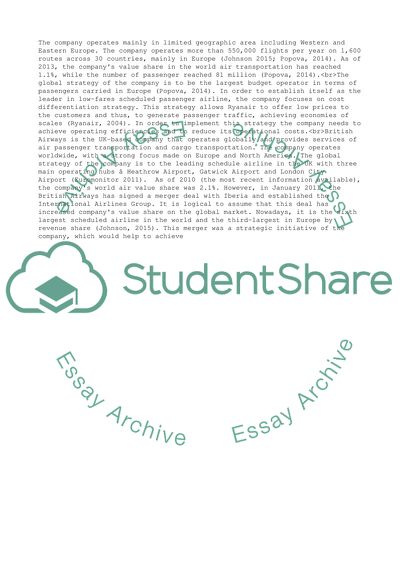Cite this document
(Operations Management Essay Example | Topics and Well Written Essays - 2500 words - 14, n.d.)
Operations Management Essay Example | Topics and Well Written Essays - 2500 words - 14. https://studentshare.org/management/1880873-operations-management
Operations Management Essay Example | Topics and Well Written Essays - 2500 words - 14. https://studentshare.org/management/1880873-operations-management
(Operations Management Essay Example | Topics and Well Written Essays - 2500 Words - 14)
Operations Management Essay Example | Topics and Well Written Essays - 2500 Words - 14. https://studentshare.org/management/1880873-operations-management.
Operations Management Essay Example | Topics and Well Written Essays - 2500 Words - 14. https://studentshare.org/management/1880873-operations-management.
“Operations Management Essay Example | Topics and Well Written Essays - 2500 Words - 14”. https://studentshare.org/management/1880873-operations-management.


